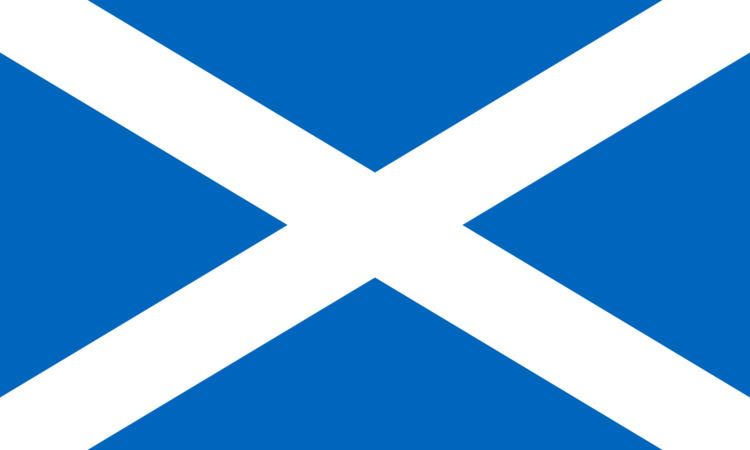 | ||
Crofting is a form of land tenure and small-scale food production particular to the Scottish Highlands, the islands of Scotland, and formerly on the Isle of Man. Within the 19th century townships, individual crofts are established on the better land, and a large area of poorer-quality hill ground is shared by all the crofters of the township for grazing of their livestock.
Contents
Practice
Crofting is a traditional social system in Scotland defined by small-scale food production. Crofting is characterised by its common working communities, or “townships”. Individual crofts are typically established on 2–5 hectares (5–12 1⁄2 acres) of in-bye for better quality forage, arable and vegetable production. Each township manages poorer-quality hill ground as common grazing for cattle and sheep.
Land use in the crofting counties is constrained by climate, soils and topography. Since the late 20th century, the government has classified virtually all of the agriculture land in the Highlands and Islands as Severely Disadvantaged, under the terms of Less Favoured Area (LFA) Directive, yet these areas still receive the lowest LFA payments. Most crofters cannot survive economically by crofting agriculture alone, and they pursue a number of activities to earn their livelihood.
Despite its challenges, crofting is important to the Highlands and Islands. In 2014-15 there were 19,422 crofts, with 15,388 crofters. Some crofters have the tenancy of more than one croft, and in-croft absenteeism means that tenancies are held but crofts are not farmed. About 33,000 family members lived in crofting households, or around 10% of the population of the Highlands and Islands. Crofting households represented around 30% those in the rural areas of the Highlands, and up to 65% of households in Shetland, the Western Isles and Skye. There were 770,000 hectares under crofting tenure, roughly 25% of the agricultural land area in the Crofting Counties. Crofters held around 20% of all beef cattle (120,000 head) and 45% of breeding ewes (1.5 million sheep).
History
Crofting evolved from a turbulent period in the nineteenth century during the Highland Clearances. It was largely a means to sustain populations. In the 21st century, it is found predominantly in the rural Western and Northern isles and in the coastal fringes of the western and northern Scottish mainland.
The Crofters' Holdings (Scotland) Act 1886 provided for security of tenure, a key issue as most crofters remain tenants. The Act encouraged tenants to improve the land under their control, as it ensured that the control could be transferred within families and passed to future generations.
Croft work was hard, back-breaking work, mainly done by women which yielded a subsistence living.
